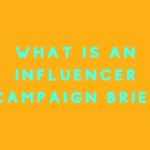What is an Influencer Campaign Brief
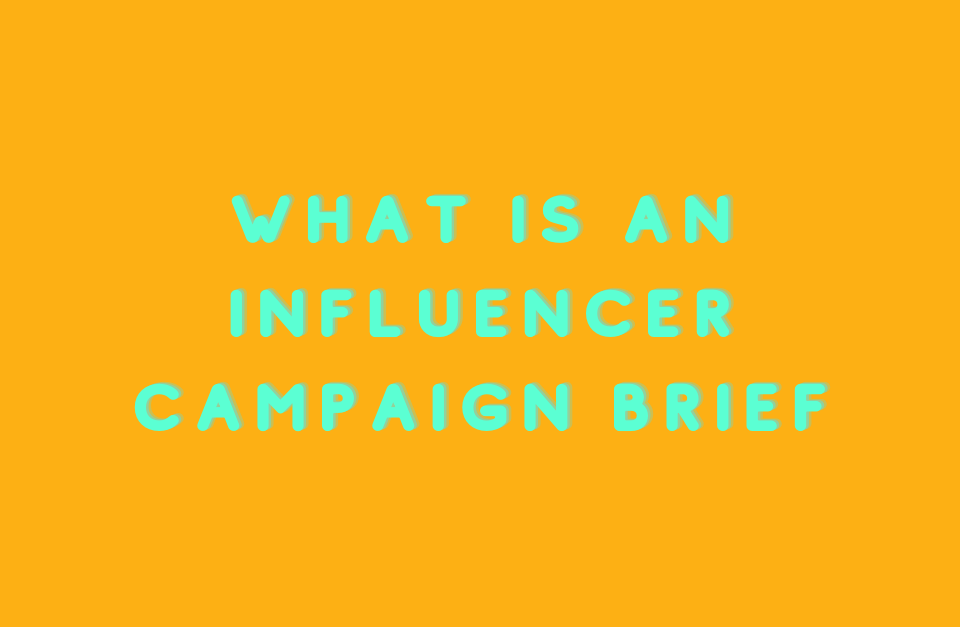
For each Influencer Marketing campaign there is a brief written by the client to the influencer. But what is an influencer campaign brief and what should it contain?
In this article we will detail all the aspects related to a campaign brief, its structure and the information that is mandatory to include.
For more information regarding the Influencer Marketing industry, see our series of articles HERE.
Table of contents
1. what is an influencer campaign brief
2. what a brief should look like and what information it should contain
3. the 7 sections of a brief:
– the name of the client, the brand and the advertising / media agency
– media channels
– content description
– campaign goals
– call-to-action
– legal details
– branding elements
Every new product you buy comes with an insert, and its purpose is to show you how to use that product.
The same happens with Influencer Marketing campaigns.
A campaign brief is a “book” that describes in detail the needs of the client and the goals the client aims at.
Influencers receive the campaign request (new product, in case of the example above), but also a brief for that campaign (user book), so that the influencer understands as well as possible the customer’s requirements and expectations.
So, what is an influencer campaign brief?
The brief is the document that should not be missing from any beginning of the Influencer Marketing campaign.
Definition: A brief is a document that contains information about the client running the campaign and its advertising needs, the goals, purpose and timing of a campaign, as well as creative details.
In our experience, a clear and complete brief is the hypothesis from which a successful project starts. For this reason, on the MOCAPP platform, our clients have access to a module dedicated to building a brief.
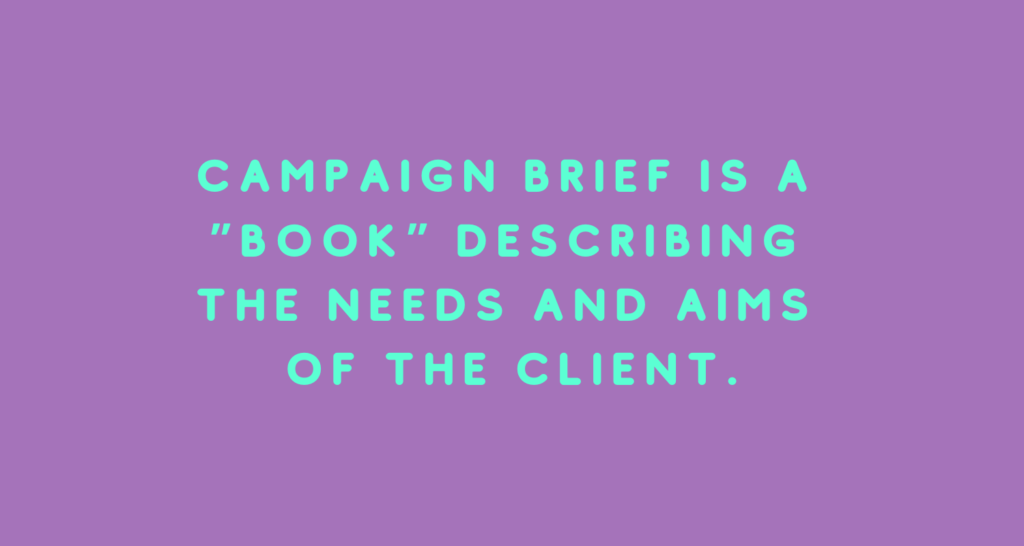
Generally, a transparent and proactive communication is the basis of any business relationship, and communication begins with this document.
What should a brief look like and what information should it contain?
There are 7 sections a brief must have:
1. Name of customer, brand and advertising agency / media (if applicable)
Most of the time, the customer running the campaigns is a company. And the company can have several brands for which it wants to run different campaigns.
A brand is represented by a person’s perception of a product, service, experience or organization (definition given by Marty Neumeier, director of Liquid Agency).
If the one who runs Influencer Marketing campaigns for a brand is not the employee of the client company, the actions are carried out by a PR (communication) / advertising agency.
However, regardless of who is campaigning, the influencer must know which brand the campaign is for.
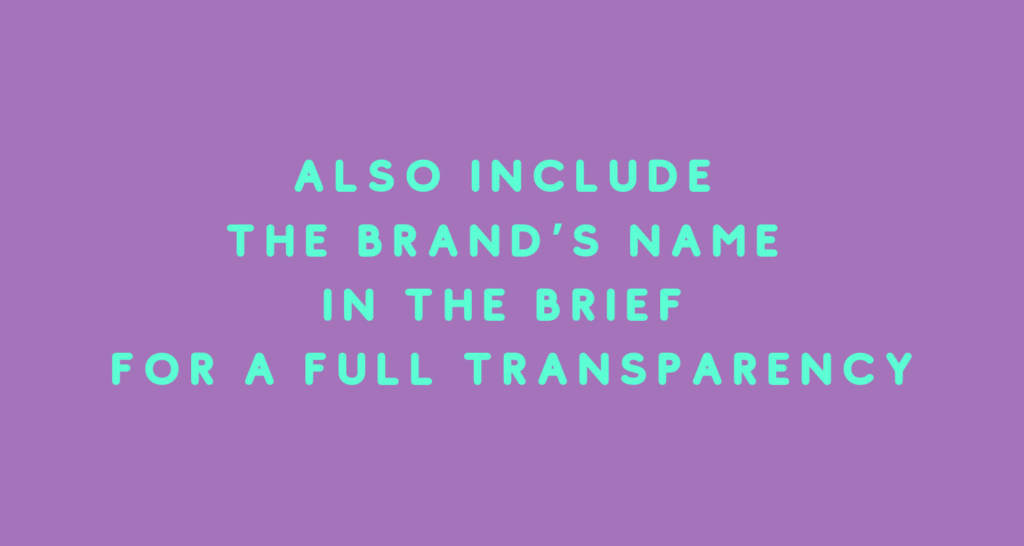
Sometimes the representative of a company or a brand (for example an advertising agency) does not want to disclose the customer’s name for confidentiality reasons.
We believe this fear can be solved with a non-disclosure agreement (NDA), which we also use in the processes of the MOCAPP platform. This NDA helps the customer to be legally covered, and influencers to know which brand (end customer) is in order to make a decision about the image association that will be part of the campaign.
MOCAPP team recommendation: include in the brief the brand’s name for full transparency!
2. Media channels
In the brief, after mentioning the brand, the establishment of the social networks that will be used for the sponsored posts within the campaign will follow.
And here are two cases:
The first is when the brand representative does not know exactly what media channels he needs to promote the product or service.
The second case is when the client’s representative knows exactly what he wants from the influencer. The choice of media channels is made from the beginning.
In Romania, the most used platforms where influencer campaigns are carried out are Instagram, YouTube and Facebook. You can find an article dedicated to platforms HERE.
Establishing platforms according to the goals of the campaign is essential.
Following the platforms where the Influencers are most active can help simplify this part of the brief. If your product is worth seeing, and the influencers you want in the campaign use Instagram, then why not choose Instagram?
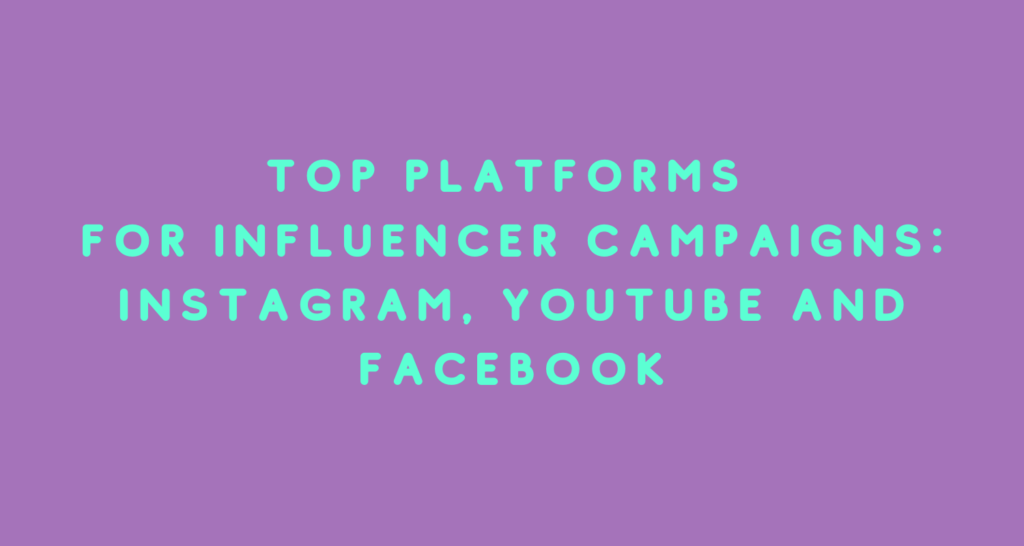
3. Content description
Once the platforms you will use have been established, we move on to the type of content you will use, how it will be presented to the audience, what each post should contain, when they will be published and for what period.
For example, a customer who promotes a cosmetic product will want that product to be promoted by visual content. A food product will be best promoted by video content. In case of a mobile phone or power distribution service, the content can be long-form text (blog posts).
4. Campaign goals
Aiming at clearly set goals gives the campaign the reasons to be done!
Examples of goals:
– brand awareness, for example the communication of a special offer to as many people as possible (number of views);
– conversion, such as increasing traffic to sites / stores (number of clicks);
– sales, such as increasing sales for a particular product or service.
It is important to define here the results the brand aims, in order to be clear for all the parts that are going to happen and why.
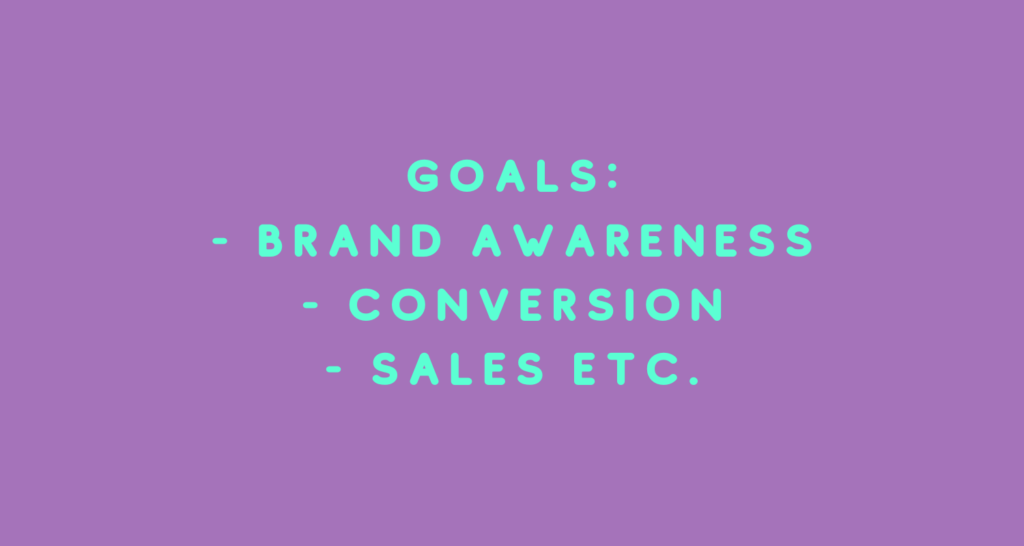
05. Call-to-action
Whether it’s a voucher that offers a discount or an activity the influencer followers need to do, they help achieve the aimed results of the campaign.
Again, here’s what works best for influencers. If there will be a giveaway (a method widely used in Romania lately) or maybe even an event, it would be very good not to miss the details about them, especially the rules and steps the participants must do!
06. Legal details
Any campaign including sponsored content must be conducted in accordance with the rules of the industry and the laws of that country.
For example, in the United States, the authority regulating the advertising is the FTC, which periodically publishes some recommendations and best practice rules for Influencer Marketing campaigns. Among the rules, the most common is the mention of sponsored content with tags like #AD or #Sponsored.
In Romania, the regulations specific to Influencer campaigns are lighter, but professionals who run online campaigns must, of course, comply with the laws in force in the field of advertising.
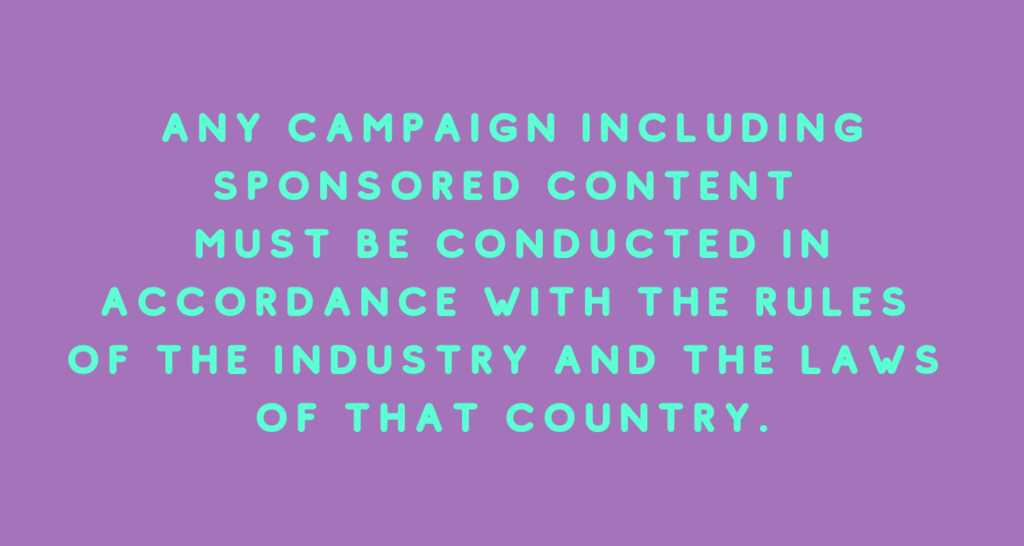
07. Branding elements
Last but not least, being the association of several brands (the client, the advertising agency and influencers), we will have to establish what materials will be used in the sponsored posts: logo, slogan, key messages, etc.
A good brief is not easy to be done and requires a detailed knowledge of the business and its goals. However, any campaign starts with a clear communication of this 7 information. The influencer must understand what he is getting into and what the expectations are.
The brief can be sent to the influencer at the beginning of the campaign in several ways, such as via email or as a PDF presentation.
The MOCAPP platform helps customers who want to run campaigns: within the “Create Brief” section you can enter the start and end date of a campaign, the brand’s name, the campaign budget (estimated), but also the description of the campaign (what types of deliverables the influencer must achieve and what they should contain).
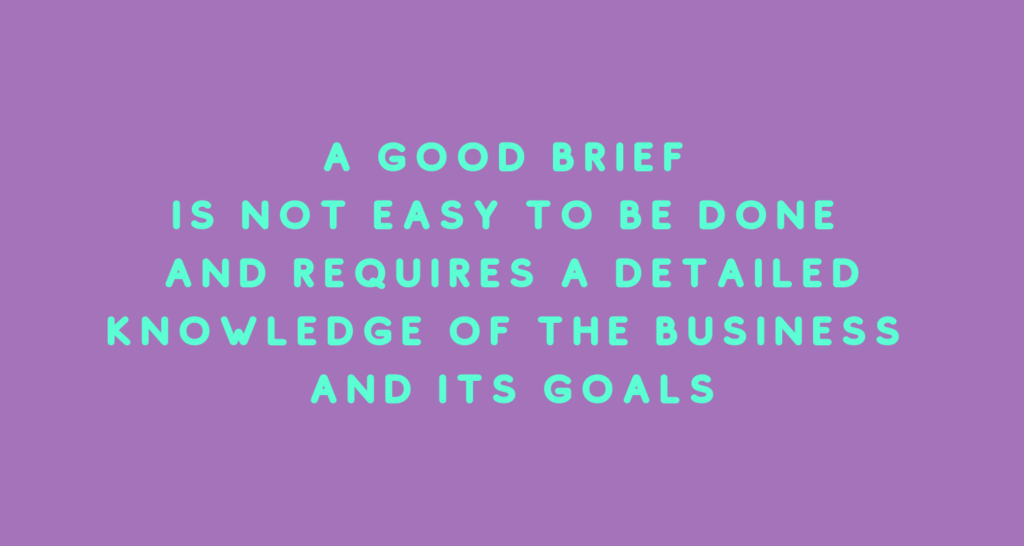
Conclusion: a campaign brief is a document that should not be missing in any Influencer Marketing campaign.
All aspects considered at the time of the brief, if set out in detail from the start, help to ensure the smooth running of the campaign and the achievement of the purpose and goals.




